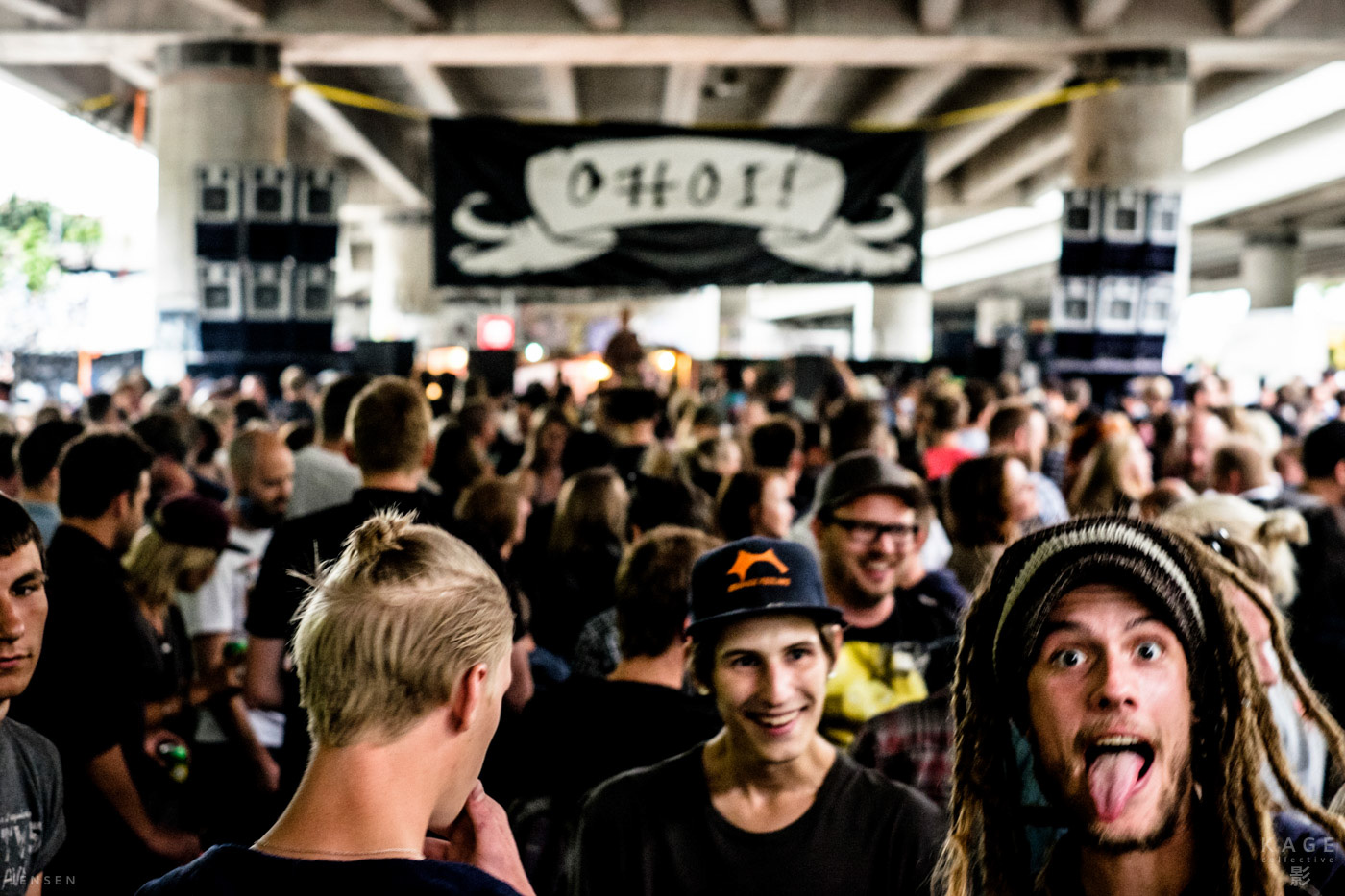The line between truth and fabrication is incredibly thin and always at risk of being erased; the lie is often but a single flourish away, because none of what we show is ever truly objective. None of it. But to reiterate what I said in that original article: if we turn inwards as photographers, if we speak of our own perceptions and our own thoughts at that precise moment of capture and we make that fact clear, then there is no lie. Our truth, this one truth as witnesses and interpreters of events, if it’s isn’t putting words in the mouths of others, if it isn’t assigning any intentions other than our own—what we see, how we feel, what it means to us—this truth is incontrovertible. Because in such a context, we’re expected to be subjective and nothing else. Yes, the process will be self-centred and ego-driven but this doesn’t equate egotistical—there’s a difference. We can still reveal the other through this approach. It doesn’t exclude being an observer or understanding the world beyond our camera, quite the contrary: if we respect who we are, there’s a much better chance we’ll respect our subjects as well. Photography simply becomes more of a philosophical journey than the pursuit of some fabled overlying truth.
When it’s steeped in research and respect of reality, fact-based documentary work is essential: social issues need to be exposed, the plight of the oppressed denounced, the struggles of the human condition celebrated when it gives rise to betterment. But the dark side is that it can all become a form of theatre, of spectacle: These are the tortured souls of our world. Please confirm your presence—beer and wine will be served.
When I look at the images in this disputed essay, I can easily hear an internal monologue that would’ve suited the subject just as well without allegedly stretching the realities on the ground. I can imagine a personal reflection on the changes facing a small tight-knit community, an editorial voice using these images as an illustration of future possibilities, of trends and transformations; something based in the same present situation but used as a metaphoric pretext instead of a sensationalistic exposé.
It wouldn’t have been seen in the same light though; it probably wouldn’t have won this award. (UPDATE: as mentioned in the opening note, it has, in spite of the context)
If the Charleroi story turns out to be more fiction than facts, it won’t just be sad because of the treachery involved but more importantly because it’ll hightlight a perceived need for embellishment on the part of the photographer that we should all consider symptomatic.
Of course in the end it all comes down to honesty and professionalism—none of the above is meant as an excuse for deceit in any form. But perhaps if we start accepting the value of photography as a momentary and subjective passage through events, without need for high and mighty conclusions or backstory; if we allow for honest, personal impressions to stand alongside hard facts and extraordinary circumstances, perhaps we’ll diminish the need for falsification. If we accept the photographer’s truth, not as empirical but flawed and coloured by everything he knows and everything he is and was at the instant the image was taken… Maybe we can ease the pressure a bit. Maybe we can start seeing life as it is and drop this pretence of somehow always being on the cusp of some new earth-shattering-larger-than-life revelation.
Maybe we can stop fooling ourselves and change the world, one ordinary moment at a time.



































































































